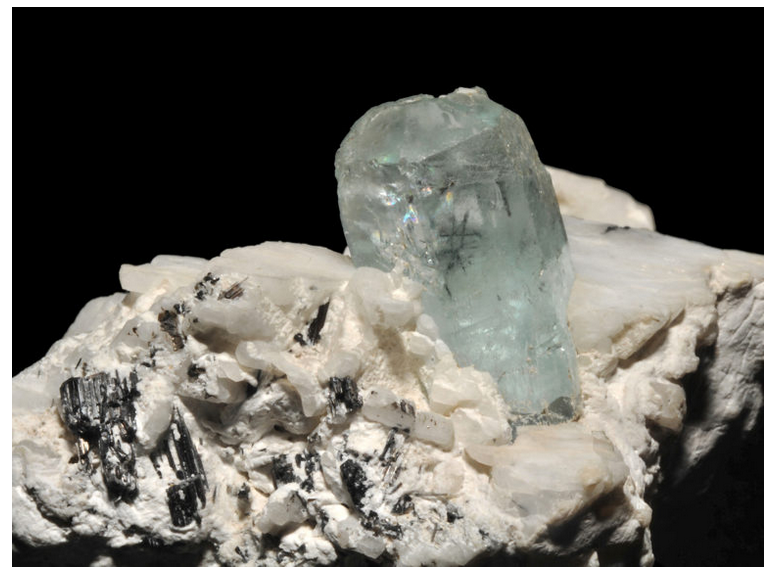4: Crystals and Crystallization
- Page ID
- 17513
\( \newcommand{\vecs}[1]{\overset { \scriptstyle \rightharpoonup} {\mathbf{#1}} } \) \( \newcommand{\vecd}[1]{\overset{-\!-\!\rightharpoonup}{\vphantom{a}\smash {#1}}} \)\(\newcommand{\id}{\mathrm{id}}\) \( \newcommand{\Span}{\mathrm{span}}\) \( \newcommand{\kernel}{\mathrm{null}\,}\) \( \newcommand{\range}{\mathrm{range}\,}\) \( \newcommand{\RealPart}{\mathrm{Re}}\) \( \newcommand{\ImaginaryPart}{\mathrm{Im}}\) \( \newcommand{\Argument}{\mathrm{Arg}}\) \( \newcommand{\norm}[1]{\| #1 \|}\) \( \newcommand{\inner}[2]{\langle #1, #2 \rangle}\) \( \newcommand{\Span}{\mathrm{span}}\) \(\newcommand{\id}{\mathrm{id}}\) \( \newcommand{\Span}{\mathrm{span}}\) \( \newcommand{\kernel}{\mathrm{null}\,}\) \( \newcommand{\range}{\mathrm{range}\,}\) \( \newcommand{\RealPart}{\mathrm{Re}}\) \( \newcommand{\ImaginaryPart}{\mathrm{Im}}\) \( \newcommand{\Argument}{\mathrm{Arg}}\) \( \newcommand{\norm}[1]{\| #1 \|}\) \( \newcommand{\inner}[2]{\langle #1, #2 \rangle}\) \( \newcommand{\Span}{\mathrm{span}}\)\(\newcommand{\AA}{\unicode[.8,0]{x212B}}\)

KEY CONCEPTS
- With just a few exceptions, all minerals are crystalline.
- Crystalline substances have an orderly and repetitive atomic arrangement.
- Crystals grow from small seeds and sometimes become very large.
- Igneous minerals precipitate from a magma; most of them are silicates.
- Aqueous minerals precipitate from water; they include compounds of high solubility.
- Hydrothermal minerals precipitate from warm flowing waters.
- Metamorphic minerals form by solid-state reactions during metamorphism.
- Some minerals form during weathering or diagenesis.
- Minerals may not form or be stable under all conditions.
- Minerals may have defects involving misplaced or missing atoms.
- Minerals may be heterogeneous.
- Mineral crystals may be twinned, containing domains with slightly different atomic orientations.


